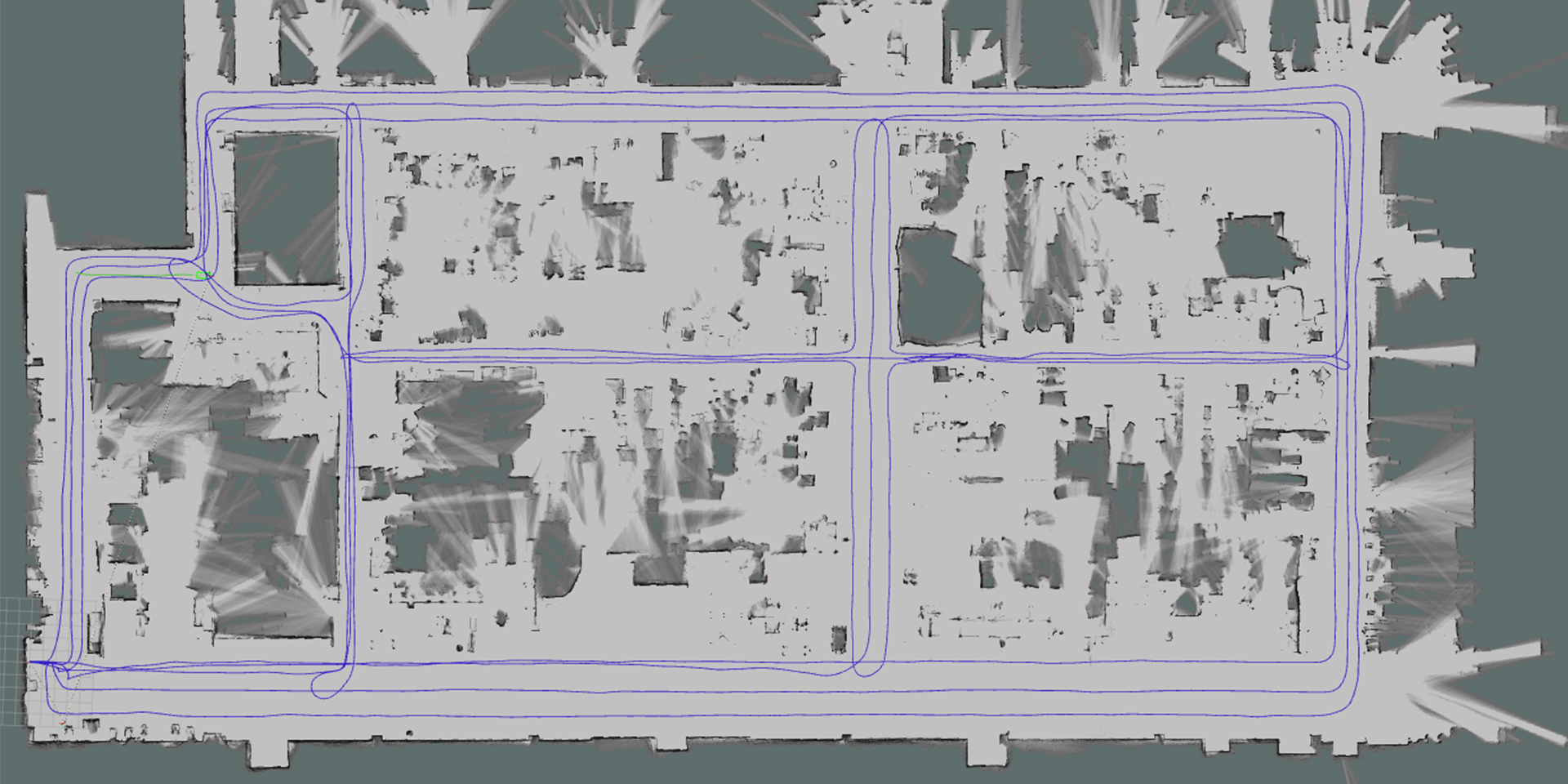
Automated Mobile Robots (AMRs) have been gaining in popularity in recent years, as they offer a range of benefits to manufacturing and logistics facilities. However, for an AMR to operate efficiently and safely, it requires a complete view of its surroundings. This is where a combination of 3D cameras, lasers, and proximity sensors can play a key role.
One of the most important components of an AMR's perception system is the 3D camera. These cameras capture a 3D image of the environment, allowing the robot to understand its surroundings in detail. With the help of 3D cameras, an AMR can detect and avoid obstacles, recognize and locate products, and navigate through the facility.
In addition to 3D cameras, lasers can also be used to help an AMR create a complete view of its surroundings. Lasers are particularly effective at measuring distances, which is crucial for the robot to accurately navigate through the facility. With the help of lasers, an AMR can create a detailed map of the facility, which can be used to plan the most efficient routes and avoid collisions.
Proximity sensors are also an important component of an AMR's perception system. These sensors detect the presence of objects in the robot's path, allowing it to adjust its speed or direction to avoid collisions. Proximity sensors can be used in combination with 3D cameras and lasers to create a complete view of the environment.
Using a combination of 3D cameras, lasers, and proximity sensors can offer a range of benefits to facilities that use AMRs. Some of the key benefits include:
In conclusion, the combination of 3D cameras, lasers, and proximity sensors is crucial for creating a complete view of the environment for an AMR. By providing an accurate and detailed understanding of its surroundings, an AMR can operate efficiently, safely, and flexibly, delivering significant benefits to manufacturing and logistics facilities.